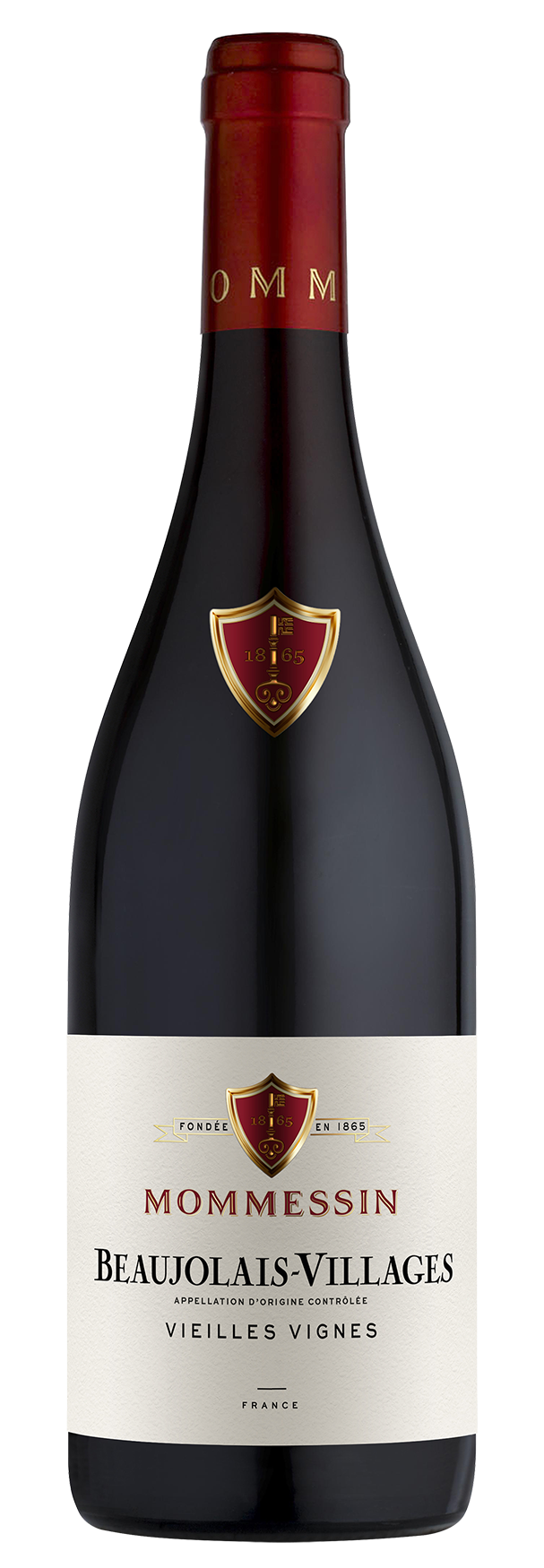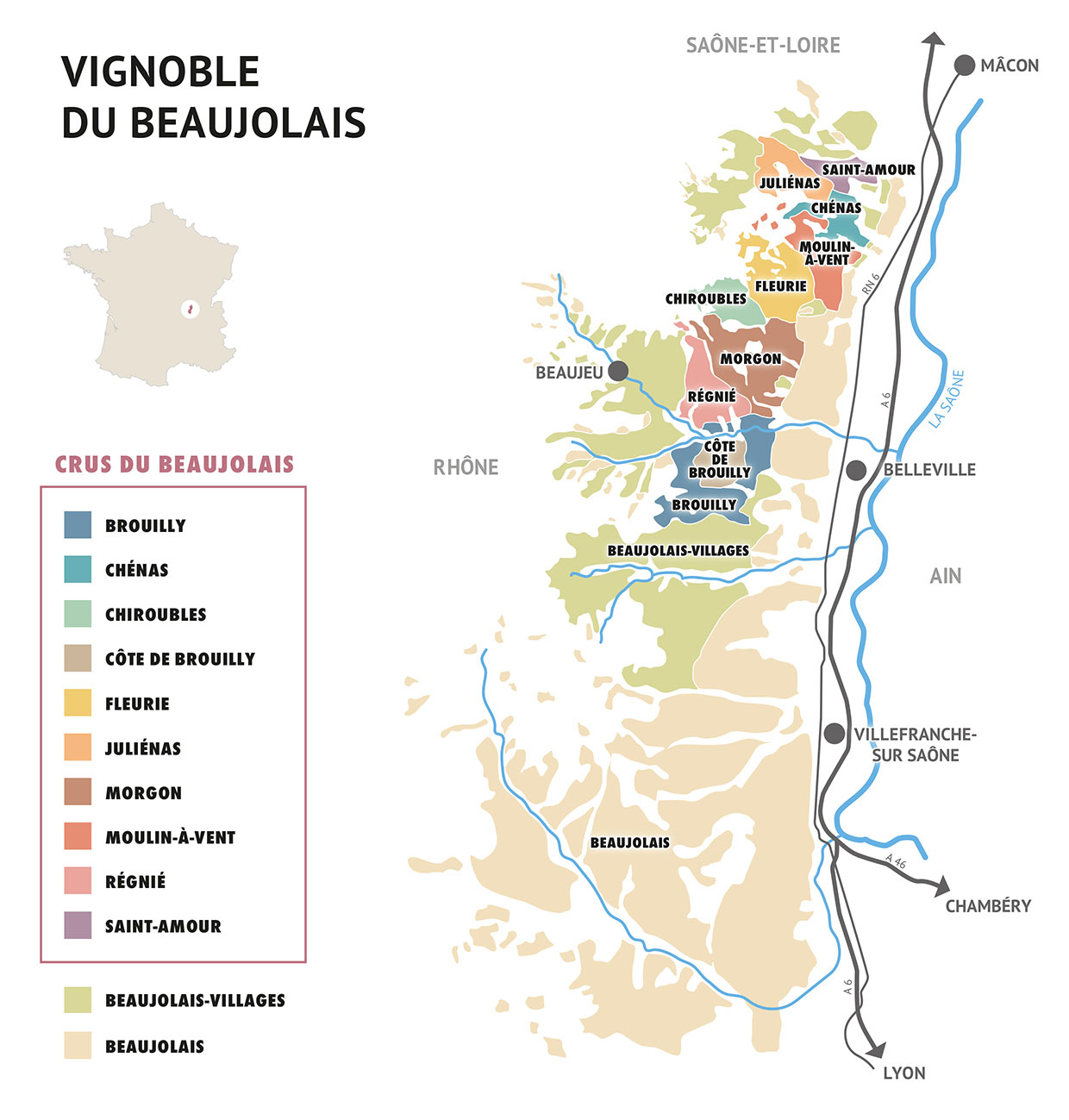BEAUJOLAIS-VILLAGES
VIEILLES VIGNES 2023
Grape varietal
Gamay Noir à jus blanc.
Tasting notes
Colour: strong ruby.
Nose: soft fruits of forest aromas.
Palate: well-balance between the wine itself and aromatic abundance.
Serving suggestions
To be served between 14° and 16°C. (57-60°F.).
Food and wine pairing
Our Beaujolais-Villages Vieilles Vignes marries well with fish in sauce, red meat and goat cheeses.
Ageing potential
This wine is ready to drink or can age 2 years or more.
Terroir
The selected plots of vines spread over slopes and plateaux of the commune of Montmelas, Saint-Etienne la Varenne, Lantignié and Blacé in Beaujolais. The plots are situated at an altitude of 300 metres.
The vines of more than 40 years in age, some going up to 80 years, contribute to the richness and complexity of the aromas.
Vinification and maturing
Harvest: manual.
Wine making: traditional with semi-carbonic fermentation.
Ageing: in vats.
The grapes are handpicked and then sorted and vatted in whole bunches. They are then blended to obtain better concentration. After they are vinified with a long vatting of 9 to 12 days to draw out fruit and colour.
Vintage : 2023
The first harvest began on September 4th. Despite a period of scorching heat, the grapes are superb, promising an exceptional vintage.
The intense heat at the end of August accelerated the maturation of our Gamay. This vintage is characterized by great heterogeneity between the plots. Some struggled with the extreme conditions, losing a lot of juice, while others resisted admirably. Several factors explain these variations: soil type, exposure, vine age, and yield. The differences between early and late-ripening zones are minimal, reflected in the variability of the analytical data from one cuvée to another, with potential alcohol levels ranging from 12° to 14°. Although we anticipated a bountiful harvest in the spring, we are seeing a significant reduction in volumes. The berries have thick skins and reveal aromas of raspberry liqueur, cherry, as well as notes of violet, dark chocolate, and even pear!
The musts have a high sugar concentration and marked acidity. This year, we favored destemming to prolong the maceration of our Gamays. In addition to the traditional whole cluster semi-carbonic maceration, we opted for hot pre-fermentation maceration to maximize color extraction from the grapes most affected by the drought.




